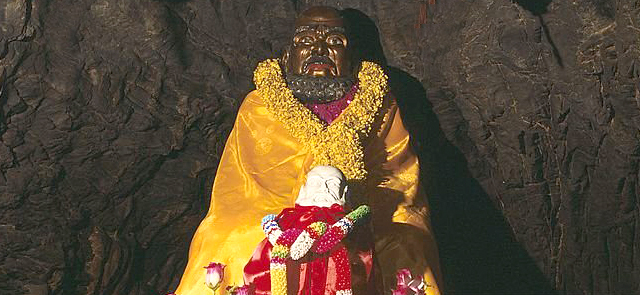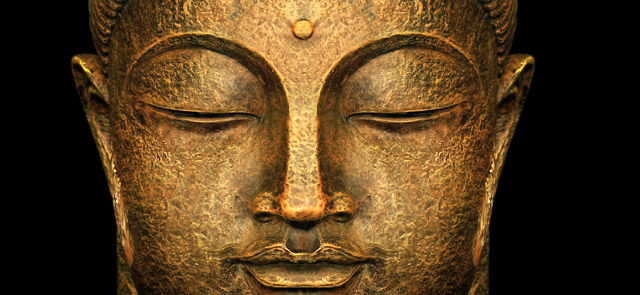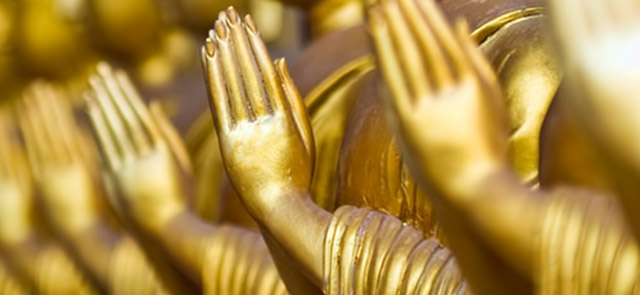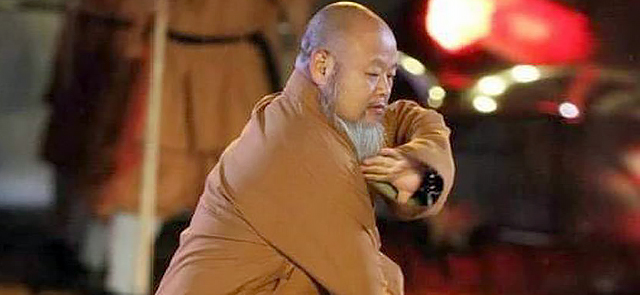Shaolin Kungfu is one of the most famous and ancient martial arts practices in China. It is not just a physical exercise but also a spiritual practice that emphasizes the cultivation of mind, body, and spirit. The Shaolin temple has been the birthplace of Kungfu and Chan Buddhism, and many of the martial arts techniques used in Kungfu have been developed based on the principles of Chan Buddhism.
The concept of spirituality in Shaolin Kungfu practice is deeply ingrained in the art. It is believed that by practicing Kungfu, one can develop a connection between the mind, body, and spirit. This connection enables practitioners to develop a deeper understanding of themselves and their surroundings. Shaolin Kungfu is based on three fundamental principles, which are Qi - energy [Chin.: Qì 气], Jin - force [Chin.: Jìn 劲], and Shen - spirit [Chin.: shén 神]. These principles are closely interlinked, and to become a proficient practitioner, one must master all three.
Qi is the foundation of Shaolin Kungfu, and it is believed to be the life force that flows through all living beings. Practitioners of Shaolin Kungfu learn to cultivate their Qi through various exercises, such as meditation, breathing techniques, and physical movements. This cultivation of Qi helps practitioners to develop a strong, healthy body and a clear, focused mind.
Jin is the physical manifestation of Qi, and it refers to the force generated by the body's movements. It is said that a skilled practitioner of Shaolin Kungfu can generate Jin that is so powerful that it can knock down an opponent without physically touching them. The development of Jin requires a deep understanding of the body's mechanics and the ability to control one's movements.
Shen is the spiritual aspect of Shaolin Kungfu practice, and it refers to the connection between the mind and the spirit. It is believed that by developing one's Shen, practitioners can achieve a state of inner peace and harmony. This is achieved through meditation, introspection, and the study of Buddhist philosophy.
The spiritual aspects of Shaolin Kungfu practice are further enhanced by the use of various rituals and practices. For example, before each training session, practitioners may perform a series of rituals, such as bowing to the shrine of the Shaolin temple, reciting Buddhist prayers, and lighting incense. These rituals help to create a sense of focus and intention, and they serve as a reminder of the deeper meaning behind the physical practice.
In addition to the spiritual aspects of Shaolin Kungfu practice, there are also practical benefits. Regular practice can help to improve physical fitness, increase flexibility and strength, and reduce stress and anxiety. It can also help to develop discipline, focus, and self-confidence.
Overall, the concept of spirituality in Shaolin Kungfu practice is essential to under-standing the art. It is not just about physical movements but also about developing a connection between the mind, body, and spirit. Through the cultivation of Qi, Jin, and Shen, practitioners can develop a deeper understanding of themselves and their surroundings. The spiritual aspects of Shaolin Kungfu practice are closely tied to Zen Buddhism, and they provide a framework for personal growth and development.







